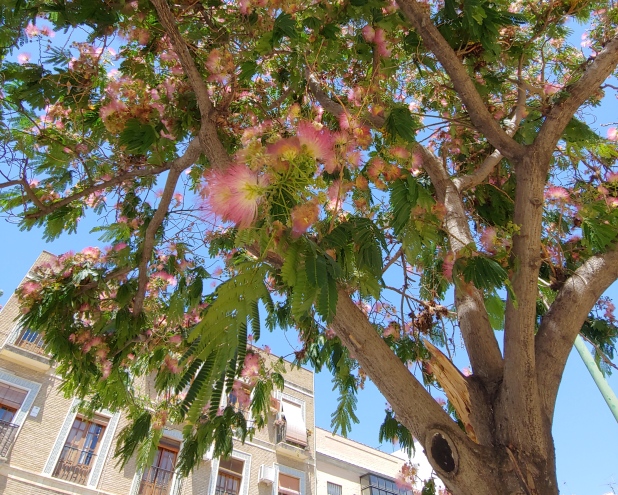Disclaimer: If you’re looking for scientific information about COVID or the COVID vaccines, check out the CDC as a starting place for information. This post doesn’t address science or research surrounding COVID; it is simply a recount of my personal experience getting COVID and the COVID vaccines.
I got COVID almost a year before any vaccine was approved. To be honest, I was one of the luckiest people to catch the virus. I hardly had a fever. I did, however, spend hours lying on the floor too tired and nauseous to get up. I had to force myself to eat because every time I ate, I got sick to my stomach. My brain was foggy. My body drained. I didn’t feel short of breath but, breathing took more energy than usual. I thought about breathing more often than I did normally. I didn’t get diarrhea or lose my taste or gasp for breath like others did when they had COVID. Not once did I think I needed to go to the hospital because of the virus. And, as you can tell because I’m writing this, my case of COVID wasn’t fatal. And, since it was the height of COVID closures when I was sick, I hardly had to change my lifestyle to quarantine because I already wasn’t leaving the house. I was lucky because the subject I was studying in medical school at the time was easy, so I was able to study and pass my exams despite spending hours lying on the floor with my mind floating is some other universe. I was lucky because all the pieces that came together for me resulting in me not getting that sick did not come together for everyone who got COVID.
The first Moderna COVID shot was exciting. Finally, we had something to prevent COVID, that terrible infectious disease that had changed my world and threatened to make it impossible for me to study medicine. Finally, we might be able to prevent people from dying. I think I got a sore arm after that shot, nothing serious.
The second Moderna COVID shot was also exciting because it marked a completion of my duty to prevent COVID from spreading as best I could in addition to wearing a mask and social distancing. I felt like I was contributing to humanity while also protecting myself – how uncommon it is to be able to put yourself first while also helping others.
But, also, the second Moderna COVID shot wiped me out. I passed out the night after getting it. To be honest, I knew I was going to pass out, so I lay on the floor before I fell. I lay on the floor for what seemed like an eternity before the chills and nausea passed enough for me to crawl back to bed from the bathroom. That was a rough night, but I knew it’d be over in 24 hours because I wasn’t sick; my body was just doing exactly what it was supposed to do. My body was making antibodies (those protective proteins that help fight off infections). My body was responding to the vaccine. I felt awful, but still thought science was cool. I mean, we can make our bodies build defenses before we get sick—that’s kind of magic.
Recently, I got my booster Moderna COVID shot. It also hit me hard. I couldn’t sit up without feeling nauseous for at least the first 12 hours the day after I got it. All my joints and muscles ached. The feeling of the blankets against my skin was painful. It was 16 or 20 hours after the shot and two very long, hot showers; a day of maximum recommended Tylenol; and some Ibuprofen later when I finally started to feel like a tired version of my normal self. But, despite how awful I felt, the morning after the shot I was relieved because I knew I wasn’t sick. I was relieved because my reaction showed that I still had COVID antibodies. I was relieved because as bad as I felt, I knew it would pass in 24 hours. When we get sick, we don’t know how long it’s going to last. The uncertainty of illness is part of its trying nature. I’ve always like deadlines and end dates.
Everyone has different reactions to the COVID vaccines. I have a strong reaction, but by no means the strongest reaction. When I work in clinic some patients explain how fearful they are of their COVID vaccine reaction. Fear of feeling sick is valid. It sucks to be confined to bed for any amount of time. But when it comes to the COVID vaccine, it’s nice to know it’ll be short-lived. Just 24 hours, maybe 48 hours. When I had COVID my symptoms were mild, however the fatigue lasted for at least a month after the other symptoms subsided. For me, at least, feeling sick for 24 hours is acceptable knowing that I will decrease my chance of ever getting the real COVID again. I also can’t accept not being part of the group of people willing to try to stop COVID. It’s a legitimate feeling to dislike having a reaction to the COVID vaccine but, it’s a sacrifice I’m willing to make to keep COVID at bay. If it takes getting a COVID booster every year that’s a small price to pay to prevent millions more people from dying from a disease we have a vaccine to help prevent.





